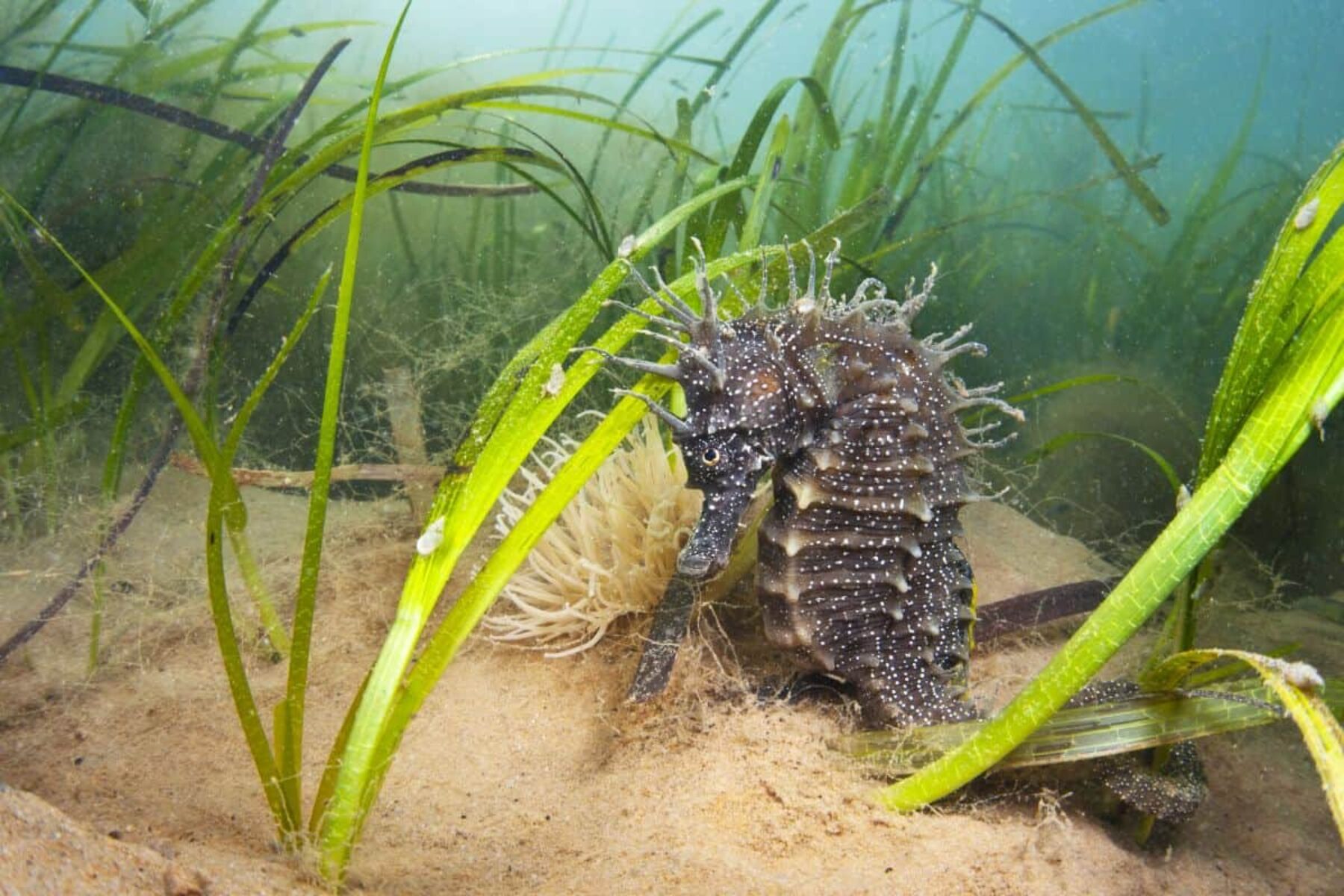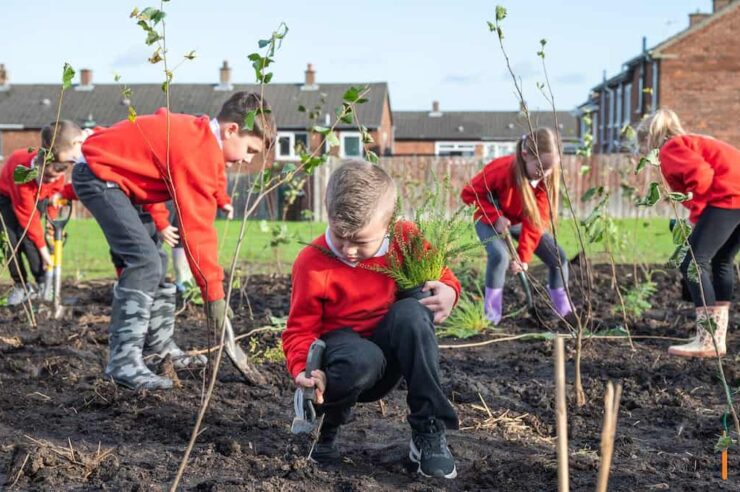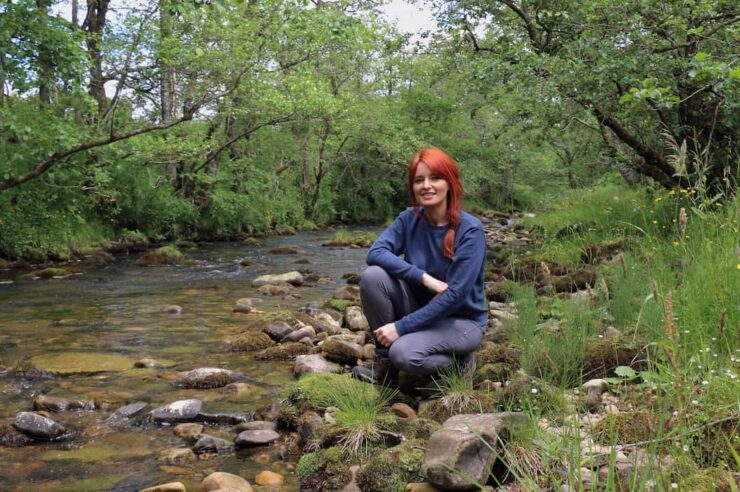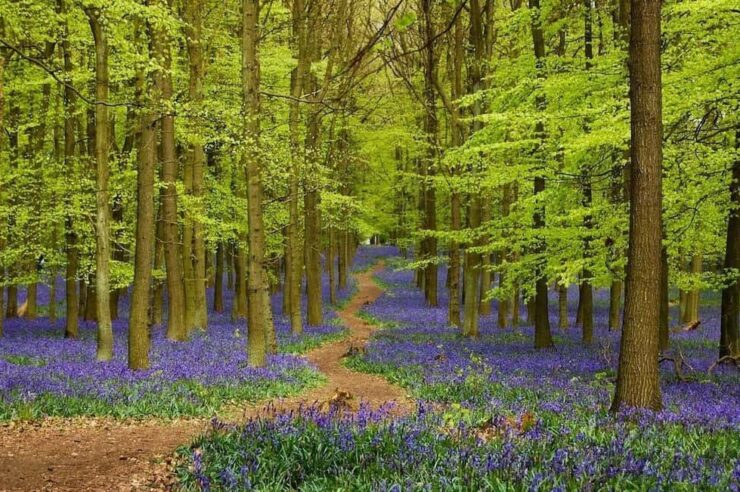As David Attenborough's latest documentary reminds us, the UK is one of the world’s most nature-depleted nations. These projects are aiming to turn the tide
For what will perhaps be his last on-location documentary series, veteran broadcaster Sir David Attenborough has turned his attention to the wildlife found on home turf, the British Isles.
As television goes, Wild Isles is a triumph, presenting viewers with an intimate portrait of iconic species and glorious panoramas of cherished landscapes. But behind the cinematic scenes is a story of decline. “Though rich in places,” warns Attenborough, “Britain as a whole is one of the most nature-depleted places in the world.”
From habitat loss to sewage discharge, pesticide use to poor land management, the reasons for the decline are many and varied. But across the country, grassroots groups are rallying to turn the tide. Here are some of the projects looking to make Britain a wild isle again.

Once upon a time, rainforests grew all along the Atlantic coast of Britain, but today cover less than 1 per cent of the island. They are vital carbon sinks, bastions of biodiversity and inspire awe. With the climate and nature crises intensifying, restoring them is an obvious solution.
A growing number of organisations are doing just that. Among them the Wildlife Trusts, which recently embarked on a 100-year initiative to protect and enlarge Britain’s temperate rainforests.
There are notable success stories to speak of. Lustleigh Cleave in Devon is an example of a rainforest that has regenerated to stunning effect over the last decades. Positive News visited earlier this year, and this is what we discovered.
Image: Guy Shrubsole
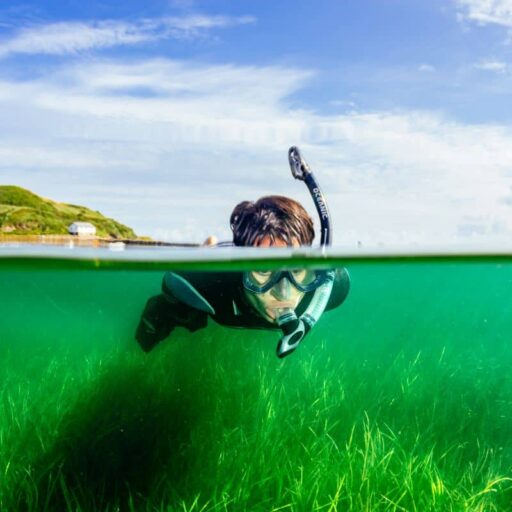
The UK’s seagrass meadows have vanished at an astonishing rate. According to some estimates we have lost more than 90 per cent of them in the last century or so; pollution, dredging, bottom trawling and coastal developments have all contributed to their demise.
Seeking to turn the tide for these imperilled ecosystems are initiatives such as Project Seagrass. In 2020 alone, it planted almost 1m seagrass seeds over two hectares along the coast of Pembrokeshire in Wales. Its work continues.
Meanwhile, in England, a four-year scheme is underway to plant eight hectares of biodiverse-rich seagrass meadows off the south coast: four in Plymouth Sound and four in the Solent Maritime Special Area of Conservation.
Image: WWF UK

Amid growing outcry about the state of Britain’s rivers and seas, grassroots groups are mobilising to hold polluters to account. Among them Windrush Against Sewage Pollution (Wasp) from Oxfordshire, Ilkley Clean River Group from Yorkshire, Surfers Against Sewage from Cornwall and SOS Whitstable from Kent.
Volunteers for these organisations are monitoring Britain’s waterways, highlighting breaches of environmental laws, pinpointing the culprits (often water companies) and rallying against the kind of short-termism that got rivers into this mess.
“Rational conversation with the authorities and water companies doesn’t work,” Ash Smith, Wasp’s founder, told Positive News. “What does work is people power, gathering hard evidence and putting it to the media, because as soon as the public knows, that’s when things change.”
Image: Will Elsom
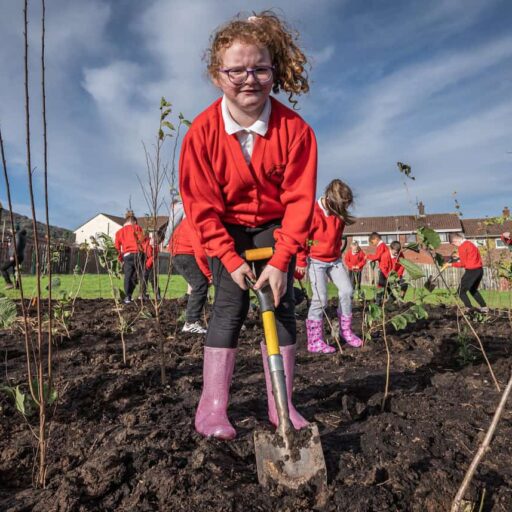
A novel approach to tree planting is taking root in the UK and beyond, offering an exciting solution to the biodiversity crisis.
Pioneering the technique is Earthwatch Europe, an environmental charity based in Oxford, which is creating tiny forests across the UK – some no bigger than six parking spaces.
Rather than simply planting trees, Earthwatch creates the conditions for a community of coexisting, interacting organisms (including trees, shrubs, moss, fungi, bacteria, insects and animals) to flourish.
The charity has planted more than 150 tiny forests, with the aim of planting 500 by 2030.
Image: Earthwatch
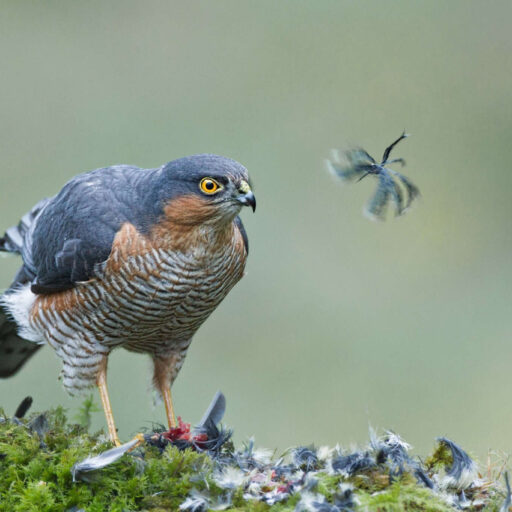
In a region healing from the grubby legacies of its industrial past, a land restoration project offers a British blueprint for boosting biodiversity. The National Forest scheme covers an area of 200 square miles that spans parts of Derbyshire, Leicestershire and Staffordshire.
Today, on land once gouged and hollowed by digging for coal and clay, woodlands and nature are thriving. Farmers have turned their hands to forestry and children are delving into the forest school experience among some 9m new trees.
Protection doesn’t necessarily mean fencing off, banning access, or thwarting enterprise. As the British Ecological Society’s senior policy manager Daniela Russi puts it: “The whole point here is to try to find a way where people and nature can tie together, and where people can benefit from nature in a range of ways.”
Image: Martin Vaughan FRPS
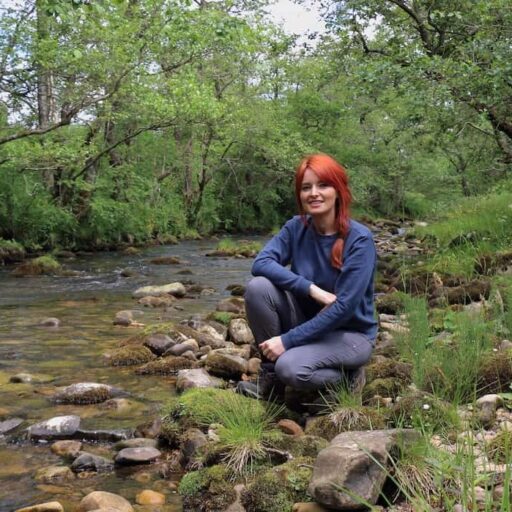
A community in Scotland last year raised £2.2m to buy 5,300 acres of land off a duke. Locals have since started rewilding the moor to boost biodiversity and create green jobs in a town that was experiencing a ‘brain drain’.
The money was raised following a successful crowdfunding campaign.
“This is about a grassroots fightback against the climate emergency and biodiversity crisis, and helping to create a better future. We are doing something so special here,” said those behind the campaign.
Image: Martin Wright
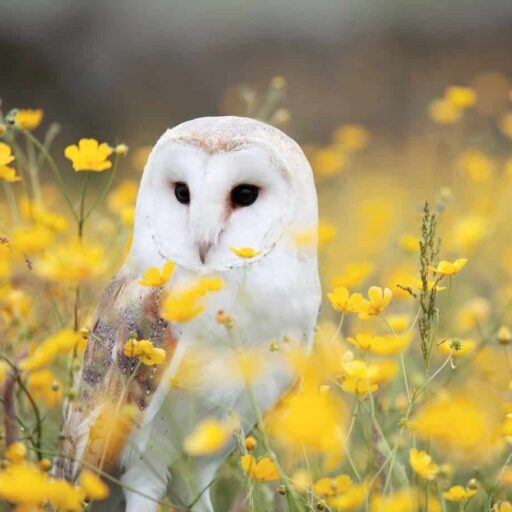
A rewilding charity that launched in lockdown recently acquired its first site in Somerset, where it will create a new nature reserve – the first in a series it plans to establish in every English county.
The £5.25m site, Heal Somerset, aims to tackle the nature and climate crises, while creating new jobs and allowing for food growing.
The charity wants to create a nature recovery site in all 48 English counties by 2050, together covering almost 25,000 acres.
“The first step has been to talk through our ideas with our neighbours and the local community, listen to their views and discuss any questions they have,” said Jan Stannard, Heal’s co-founder. “We have been inspired by the many positive responses and people’s enthusiasm.”
Image: Andy Chilton

Trees for Life is working to restore the Caledonian Forest in the Scottish Highlands to one of the UK’s wildest landscapes.
Exploited for centuries by sheep, cattle and deer grazing, the land is being nursed back to health by volunteers, who have already planted more than 1m native trees, creating habitats for red squirrels, rare sawflies, pine martens and ospreys.
Visitors will soon be able to see the progress for themselves, after Trees for Life announced that it is opening the world’s first rewilding centre in the forest.
Image: Kulli Kittus
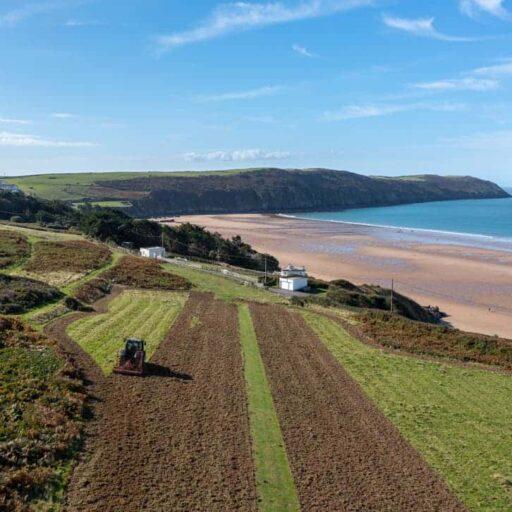
Think of a savannah and what springs to mind? The plains of Africa? Perhaps. But earlier this year it was announced that England will get its very own savannah along the north Devon coast.
Covering an area equivalent to 120 football pitches, the grassland habitat will support wildflowers and the bugs that feed off them. It will be created by the National Trust, a conservation body.
The need for such habitats is pressing. The UK has lost an estimated 97 per cent of its grasslands in the last century, causing – in the words of the National Trust – the “colour to drain from our countryside”.
Image: National Trust
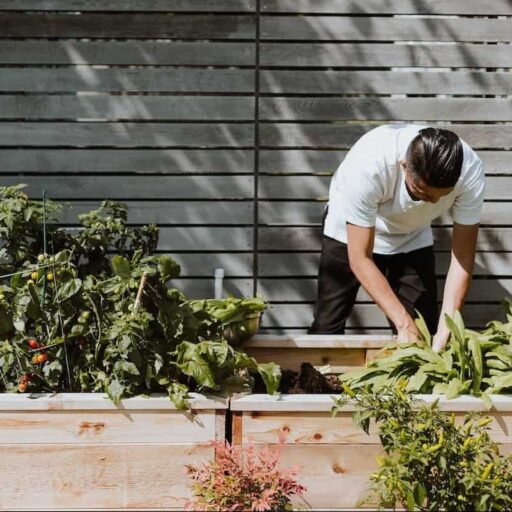
London’s Kew Gardens is on a mission to sow the seeds of change across the UK. Its Grow Wild project brings communities together to enhance the UK’s wildflowers, plants and fungi. It offers grants to community leaders with designs on transforming urban spaces into hotspots of biodiversity.
Free wildflower seeds and grow-your-own mushroom kits are also available to individuals. Plus, there are loads of educational resources on the Grow Wild site where budding botanists can learn more.
Image: Priscilla du Preez

Vacant land currently blighted by fly-tipping is to be transformed into community orchards and allotments. The project in Hounslow, London, is reportedly the first time a local authority has officially introduced such a policy.
Up to 27-acres have been earmarked for community growing in the first phase of the Grow for the Future project. The council will pair each site with a school and will educate children about growing food. Produce will be donated to families who need it, in a win-win for people and nature.
Image: Patrick Fore
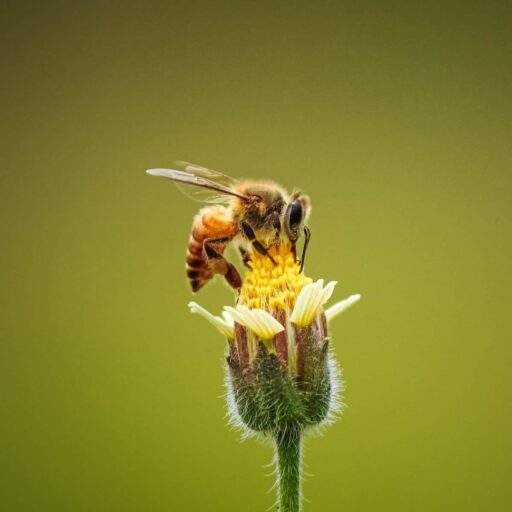
Want to boost biodiversity in your area, but need some guidance? The Royal Society for the Protection of Birds (RSPB) has some helpful resources on its website to get you started, plus a buzzing Facebook community where you can connect with others for greater impact.
Image: Ankith Choudhary
Main image: Project Seagrass
Help us break the bad news bias
Positive News is helping more people than ever to get a balanced and uplifting view of the world. While doom and gloom dominates other news outlets, our solutions journalism exists to support your wellbeing and empower you to make a difference towards a better future. And as Positive News’ audience and impact grows, we’re showing the rest of the media that good news matters.
But our reporting has a cost and, as an independent, not-for-profit media organisation, we rely on the financial backing of our readers. If you value what we do and can afford to, please consider making a one-off or regular contribution as a Positive News supporter. From as little as £1 per month, you’ll be directly funding the production and sharing of our stories – helping them to benefit many more people.
Join our community today, and together, we’ll change the news for good.
